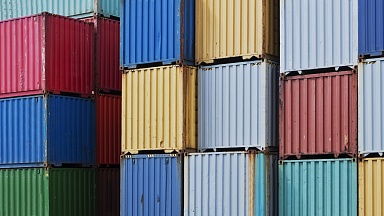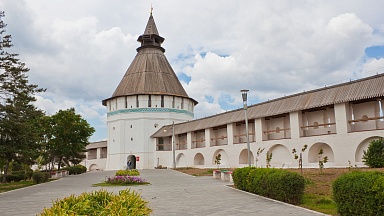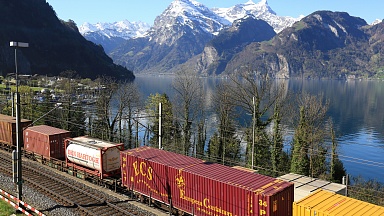There are three main corridor branches:
- West, along the western shore of the Caspian Sea through Russia and Azerbaijan;
- East, along the eastern shore of the Caspian Sea through Kazakhstan and Turkmenistan;
- Trans-Caspian, involving ferry and container lines on the Caspian Sea.
The main advantage of the INSTC over other routes is the halving of transportation time.
Rail transport features minimal carbon footprint. The redirection of freight traffic from sea to rail as part of the INSTC will reduce greenhouse gas emissions by 25% due to a shorter route.
The need for the alternative multimodal North-South corridor is confirmed by the COVID-19 pandemic and the blockage of the Suez Canal by the container ship Ever Given in March 2021. The disruption in the delivery schedule caused a disruption in the logistics chain and led to a sharp increase in maritime tariffs. Against this background, the demand for rail transport on the Eurasian continent has increased, including due to the stability of through-rail tariffs, thus showing the need to form an additional freight transport channel. The success of land corridors is evidenced by the fact that over the past ten years, rail container traffic on the China-Europe axis has increased from 7,000 to 547,000 containers in twenty-foot equivalent units (TEU).
Bank analysts note the significant potential for container traffic on the INSTC routes, which could range from 325 to 662 thousand TEU (5.9 to 11.9 million tons) by 2030, depending on the scenario (at present — 21 thousand TEU). The share of the EAEU member countries accounts for 75% of the potential volume of container transportation. The effect of linking the INSTC with the Eurasian latitudinal transport corridors can provide 127-246 thousand TEU, or up to 40% of the total container transportation potential.
The main commodity categories of the INSTC suitable for containerization are: food (21.2%), metals (16.6%), timber and paper (9.5%), machinery and equipment (8.3%), and mineral fertilizers (4.9%). The potential volume of uncontainerized cargo transportation will be between 8.7 and 12.8 million tons by 2030, mainly due to the cereal crops transportation. As a result, considering the potential of the two types of commodity categories (suitable and unsuitable for containerization), the aggregate cargo potential of the INSTC is expected to be between 14.6 and 24.7 million tones by 2030.
Additional freight flows can be provided by achieving «seamless» transport connections through digitalization and improved soft infrastructure.


